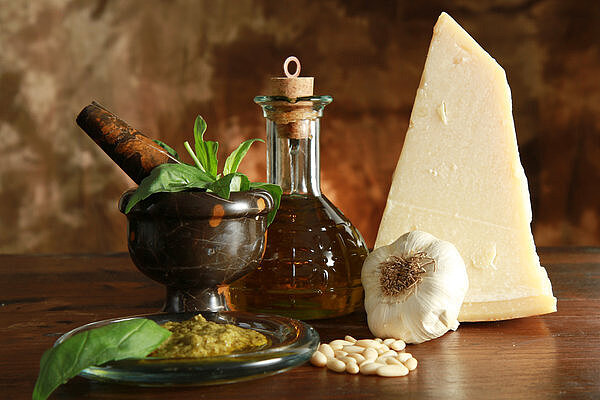Aroma
When an ingredient in dog food is referred to as "flavoring", it means that this ingredient is used to give the food a specific taste or smell. Flavors in dog food can be natural or artificial and are intended to make the food tastier and more appealing to dogs.
Natural flavors come from sources such as meat, fish, vegetables or herbs. They are obtained through processes such as cooking, drying or extraction to enhance the flavor of the food. Artificial flavors, on the other hand, are chemically produced substances that are used to imitate a specific taste.
It is important that you pay attention to the type of flavors used when buying dog food. While flavorings can make the food more appealing to your dog, it is crucial that they are safe and suitable for dogs. Some artificial flavors can be intolerable to dogs or cause allergies.































